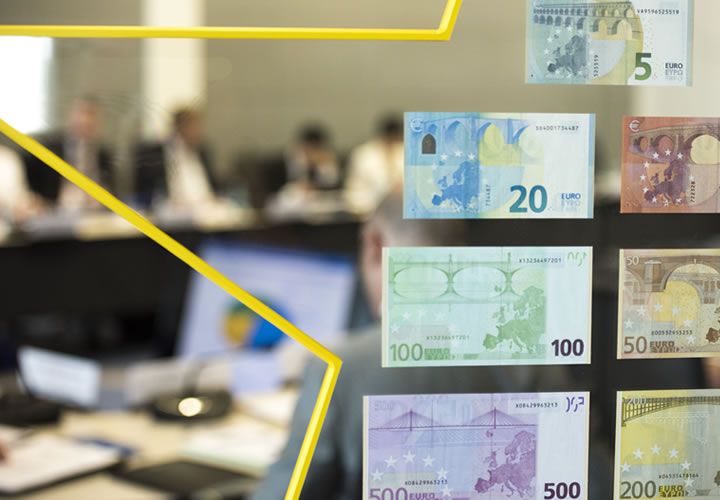Dollar's Rally Against Euro to be Ephemeral, Say Analysts

The Dollar rose a cent against the Euro after yesterday’s FOMC but those hoping for a reversal of the trend and a major recovery may be disappointed.
EUR/USD fell from 1.2000 before the meeting to a low of 1.1865 afterwards, as the Dollar gained on reinforced expectations of a December rate hike.
However, expectations that this could be the start of a Dollar come back versus the Euro are likely to end in disillusionment, say analysts.
For starters there is a impact on the policies of the European Central Bank (ECB) to consider, as the fall in EUR/USD is likely to make it more likely they will start unwinding their own stimulus program.
"Any weakening in the single currency, up around 14 percent against the dollar this year, could encourage the European Central Bank to press ahead with plans to unwind its hefty stimulus scheme,” says Reuters Dhara Ranasinghe.

Currently there are reports of a rift within the ECB between those who want to push ahead and reduce stimulus and those who want to delay.
The root cause of the argument is the rise in the value of the Euro which has raised concerns it could limit inflation, stymie export growth and strangle the fragile recovery.
Pressing ahead with a tapering of stimulus will push up the value of the Euro, making the 'rich-Euro' problem worse, however, the hawkish FOMC has pushed down the value of the Euro against its biggest counterpart.
The essentially lower Euro post-FOMC actually means the ECB are now more likely to press ahead with tapering in October – an announcement which paradoxically will itself cause a rebound in the Euro, such that the uptrend in EUR/USD may resume.
Another argument for expecting EUR/USD losses to be limited is posited by Unicredit’s Chiara Silvestre, who says that the driving force behind the EUR/USD are Eurozone more than US fundamentals.
A common short-hand for assessing relative fundamental conditions in a currency pair comes from comparing the relative yields on the two currency’s 10-year bonds.
In the case of EUR/USD this Is achieved by comparing 10-year US Treasuries and 10-year German Bunds.
Essentially yields rise when the fundamental outlook improves and thus the currency pair often follows the yield differential to which it is highly correlated.
In the case of EUR/USD Silvestre notes how the pair is more sensitive to movement in German yields than US, and attributes this to the importance of Eurozone findamentals in determining value.
“Since mid-year, the importance of German yields in explaining EUR-USD moves has increased relative to that of the US,” she says, adding:
“This suggests that in recent months the market has started increasingly to focus on the strong euro area fundamentals rather than on the “weak USD” factor (which nevertheless remains in place).”
Silvestre says EUR/USD’s uptrend looks “technically undisturbed” and that “corrections have been shallow and short-lived,” so far.
The analyst argues that there would have to be a significant change in the Fed’s monetary policy stance for the EUR/USD to weaken substantially, and given the Fed merely upheld their current guidance with some reduction in outlook in 2019 that has not happened.
For Silvestre EUR/USD weakness would have to come from a major decline in the outlook for the Euro-area or from a change in ECB tapering plans – something she argues is highly unlikely.
“Sustainable EUR-USD weakness would have to come from a deterioration in the eurozone outlook and a reversal of the ECB tapering currently priced in, something that is quite unlikely given the inflow of economic information,” she says.
Overall Unicredit forecast further gains for EUR/USD, albeit at a, “pace of appreciation,” which is likely to be, “slower than that seen since June.”




